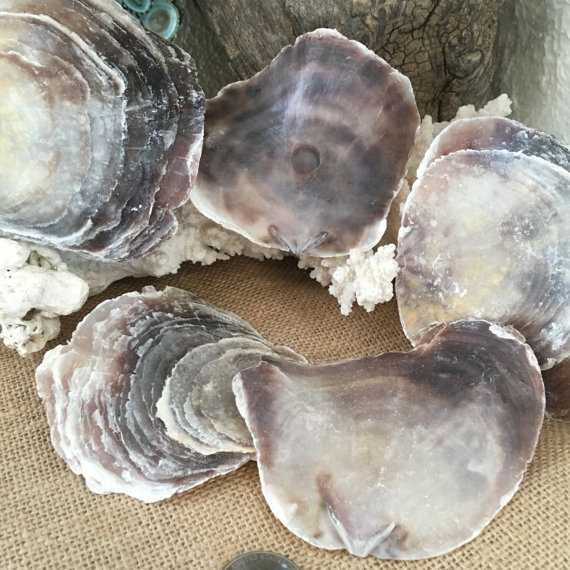Capiz and the Philippines
The windowpane oyster or the capiz, is a flat, semi-transparent shell with a pearlescent appearance. They are abundant in the island of the Philippines, specifically in a province called Capiz. The province is a major contributor to the aquamarine industry of the country, thus they are hailed the “Seafood Capital of the Philippines.”
The capiz shells are harvested in muddy or sandy shores, in bays, coves, and lagoons and are a very important part to the culture of the people of Capiz for the material is a strong source of income for the locals. Because of this material’s durability and translucence, the shells are commonly used as a glass substitute for windows, chandeliers, lampshades and more.
One of the most distinct and beautiful architectural details of old traditional Philippine houses are the windows made of capiz shells. After the Spanish settlement in the country, European architectural influences became widespread and were adapted to suit the tropical climate. The colonial Filipino house which was called, Bahay na bato was made with a combination of the typical nipa hut’s open ventilation, and other contemporary natural materials.
In modern times, these tropical design elements continue to influence interior and architectural design. The capiz material is versatile and can be used for any interior component, accent or décor. With its elegant and captivating pearlescent luster and appearance, imagine what you could do.



